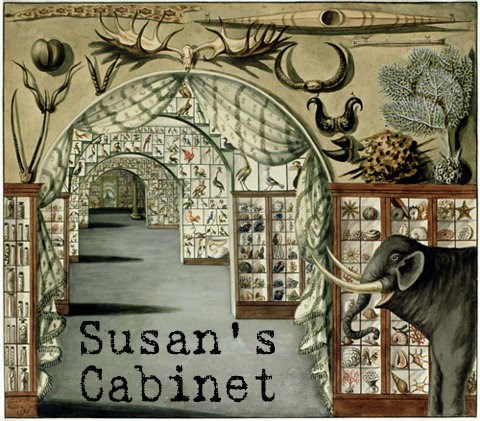I didn’t think I had a
particular interest in cars, but I have found that I love visiting car museums.
I enjoy the history and art of the cars, and I especially enjoy seeing unusual
cars. The Lane Motor Museum in Nashville
Only three Dymaxion cars were
made and only one of those still exists (in a museum in Reno Jeff Lane Lane Motor
Museum Jeff Lane Nashville to Florida
Seeing the Dymaxion car was
just the beginning of the fun for me. I spent several hours looking at the many
European cars, mini and micro cars, motorcycles, race cars, scooters, amphibious
cars, propeller-driven cars… and they aren't roped-off (but don’t
touch).

Thankfully, they have a little snack room so I could take a break and refuel before continuing.
There is also a room displaying car posters, a car-related diorama collection, a garage full of cars outside of the main museum, and even a military amphibious craft with 9-ft tall tires.


A bonus – the museum building is a former 1950’s-era Sunbeam Bread factory (information posted on the museum walls tells the story of the factory too).


 |
| This car drives from either end. |

Thankfully, they have a little snack room so I could take a break and refuel before continuing.
There is also a room displaying car posters, a car-related diorama collection, a garage full of cars outside of the main museum, and even a military amphibious craft with 9-ft tall tires.


A bonus – the museum building is a former 1950’s-era Sunbeam Bread factory (information posted on the museum walls tells the story of the factory too).















































































